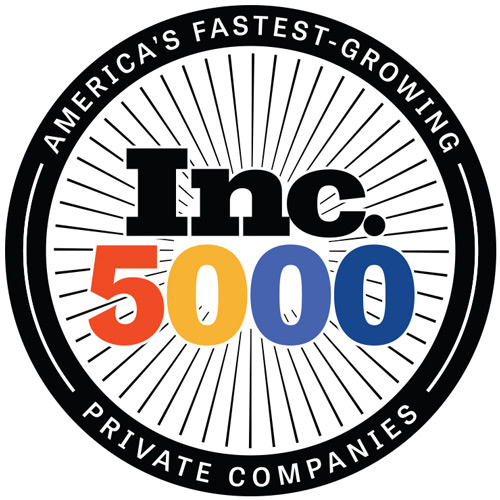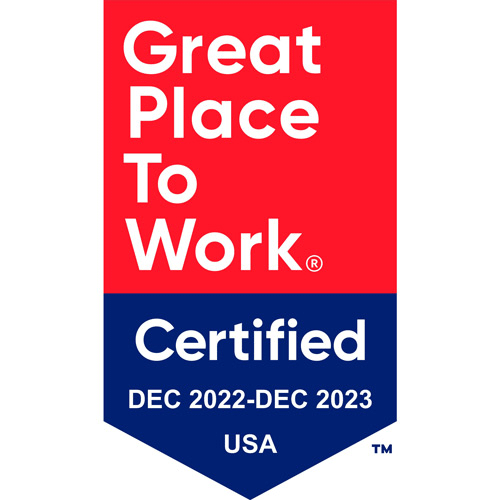Understanding Business Capabilities and Business Processes: Unraveling Their Roles in Organizational Success
- PM
- March 18, 2024
- Edited March 18, 2024
Table of Contents
Imagine picturing your business as a complex machine. For efficient operation, every part must flawlessly perform its specific function. In this analogy, business capabilities act as the components that comprise the machine, outlining what the organization can achieve. Business processes, conversely, represent the sequences of steps or activities necessary for the machine’s operation. Both elements are indispensable, yet they assume very different roles in your business’s machinery.
Grasping the distinction and synergy between business capabilities and business processes can dramatically transform your perspective and management of operations. This insight leads to better decision-making, enhanced efficiency, and a robust competitive edge in your market. Let’s delve into each concept to explore their differences, how they interlink, and why both are crucial for any business aiming for longevity and success.
The Essence of Business Capabilities
Business capabilities define the core of what your organization can accomplish. They embody the unique blend of skills, resources, and technology at your company’s disposal, enabling it to deliver value to customers. Consider them as the building blocks or the “what” of your business – detailing what your organization is proficient in doing.
Capabilities remain stable over time, not fluctuating with every new project or strategy but rather evolving as your business grows and confronts new challenges. Pinpointing and understanding these capabilities allows leaders to make strategic investment decisions in their organization.
For example, a capability might be developing cutting-edge technology, providing top-notch customer service, or managing supply chain operations efficiently. Each capability underpins the strategic goals of the business, contributing to its overall competitive advantage.
The Dynamics of Business Processes
In contrast, business processes outline the specific steps your organization takes to leverage its capabilities. They represent the “how” – detailing how your business executes its operations and delivers products or services. These processes involve coordinating people, tools, and resources to achieve definite objectives.
A key aspect of business processes centers on improvement and efficiency. Unlike capabilities, which focus more on capacity and potential, processes revolve around execution. Organizations can optimize, automate, or re-engineer them to boost performance and productivity.
For instance, handling customer inquiries might involve receiving the inquiry, assessing the request, responding, and following up. This process utilizes the capability of providing exceptional customer service, but the process’s efficiency significantly impacts customer satisfaction and loyalty.
Interaction Between Business Capabilities and Business Processes
While distinct, business capabilities and business processes are deeply interconnected. Capabilities form the foundation for building and executing processes. Without a clear grasp of its capabilities, a business cannot devise effective processes. Likewise, without well-defined processes, an organization can’t harness its capabilities to achieve strategic goals.
Consider capabilities as your business’s potential energy, with processes acting as the kinetic energy that activates this potential. Aligning the two is crucial for reaching operational excellence and strategic objectives. By ensuring processes align with capabilities, businesses can confirm they are not just doing things right but also doing the right things.
Balancing Capabilities and Processes for Success
Striking a balance between developing business capabilities and optimizing business processes is vital for long-term success. Overemphasizing one at the expense of the other can lead to inefficiencies, missed opportunities, and a lack of market responsiveness.
Organizations that achieve this balance continuously evaluate and align their capabilities and processes with their strategic vision. They excel at identifying where to bolster capabilities or streamline processes for improved performance.
Conclusion
In the intricate and constantly changing business world, understanding the nuances between business capabilities and business processes is more than an academic endeavor. It’s a strategic necessity. By clearly defining what your organization is capable of (capabilities) and how it achieves its goals (processes), you pave the way for sustained growth, competitiveness, and innovation.
Remember, capabilities represent your business’s potential, rooted in a unique mix of skills, resources, and technology. Processes, on the other hand, actualize this potential through coordinated efforts and resource application. Together, they form the backbone of any successful organization, steering it through current challenges toward future opportunities.
As you move forward, reflect on how your organization’s capabilities and processes align with your strategic goals. Are there capabilities you need to enhance? Are there processes you could streamline for greater efficiency? By asking these questions and aiming for balance, you position your business for enduring success in a competitive landscape.
Read more:
Elevate Your Business



